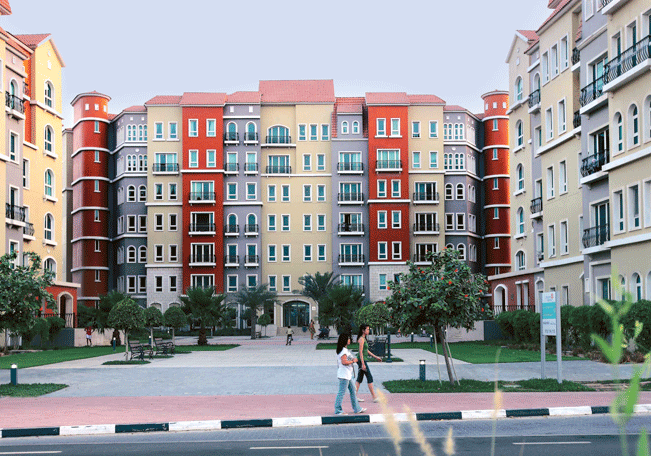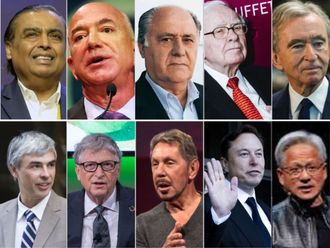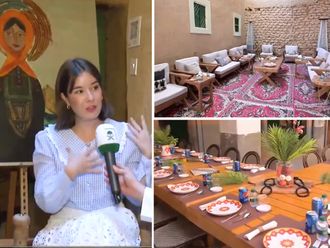
The performance of the UAE’s residential market could become a cause for concern.
In Dubai, sales prices, transactions and rents (see box) all increased. Dubai Land Department (DLD) figures show that transactions were up by 63 per cent year-on-year in the first quarter of 2013, reaching a total of Dh44 billion.
But it was the performance of Dubai’s secondary market that caused a stir among agents. Unusually, in the second quarter this year, growth in year-on-year sales prices outperformed prime areas. While established locations still dominated sales, prices grew at a slower pace.
According to research from real estate firm Asteco, in the second quarter, apartment prices in Discovery Gardens increased by 17 per cent to Dh7,550 per square metre, a 75 per cent increase on the previous year.
Downtown Dubai
Meanwhile, apartments in Downtown Dubai witnessed an 18 per cent price increase to Dh17,750 per square metre. A significant rise, but year-on-year, it represents growth of just 38 per cent by comparison.
Villas in Jumeirah Village saw prices rise by 25 per cent to Dh8,100 per square metre, a 40 per cent increase over the past 12 months compared to the more established Arabian Ranches, which saw an increase of 10 per cent to Dh11,850 per square metre, representing just 19 per cent growth year-on-year.
An official spokesperson from Emirates NBD says, “Relatively high yields on UAE residential property has increased the attractiveness of the asset class for both local and international investors, with high demand chasing those yields and driving up capital values in turn.”
Some agents believe that this could become a cause
for concern.
Rising cost of living
“The residential sector is showing increasing signs of overheating with lease and sale rates rising far too quickly to be justified by the current economic environment, as rental growth significantly outpaces growth in wage levels. The result is the rising cost of living, which could start to impact on Dubai’s competitiveness if sustained at current levels for too long,” says Matthew Green, Head of Research & Consultancy, UAE, CBRE, in the company’s Dubai Office and Residential MarketView Q2 2013.
The situation in Abu Dhabi, where the issue is the age of residential buildings, is the opposite. Demand for new buildings in prime investment areas is strong, driving prices in this sector up, while older developments across the city languish.
According to Jones Lang LaSalle, a financial and professional services firm specialising in commercial real estate services and investment management, prime residential sales prices increased by 5 per cent in the second quarter, following an 8 per cent increase in the first quarter, taking average residential asking prices to Dh11,500 per square metre.
However, David Dudley, Regional Director and Head of Abu Dhabi office, Jones Lang LaSalle, says, “While it is encouraging to see the market moving upwards again, it is important to note that these improvements do not represent a market-wide recovery, but relate to selected high-quality developments, with performance continuing to diverge between high-grade and low-grade products.”
The ordinary market is heavily reliant on the government investing in infrastructure and other initiatives to generate population growth, jobs, tourism and spending, thereby creating demand for property in the city as a whole, rather than just for brand new developments in investment areas.
Efforts are being made. In May, Abu Dhabi’s Executive Council announced that Dh1.5 billion would be spent on major infrastructure projects across the emirate, a developer will be chosen for the first phase of the Abu Dhabi metro and light rail project in March 2014, and there are plans to expand the airport.
In the meantime, though, there are still some 10,000 residential units due to be completed in Abu Dhabi this year, and if the current trend is anything to go by, these, rather than older developments will command buyers’ attention first.













